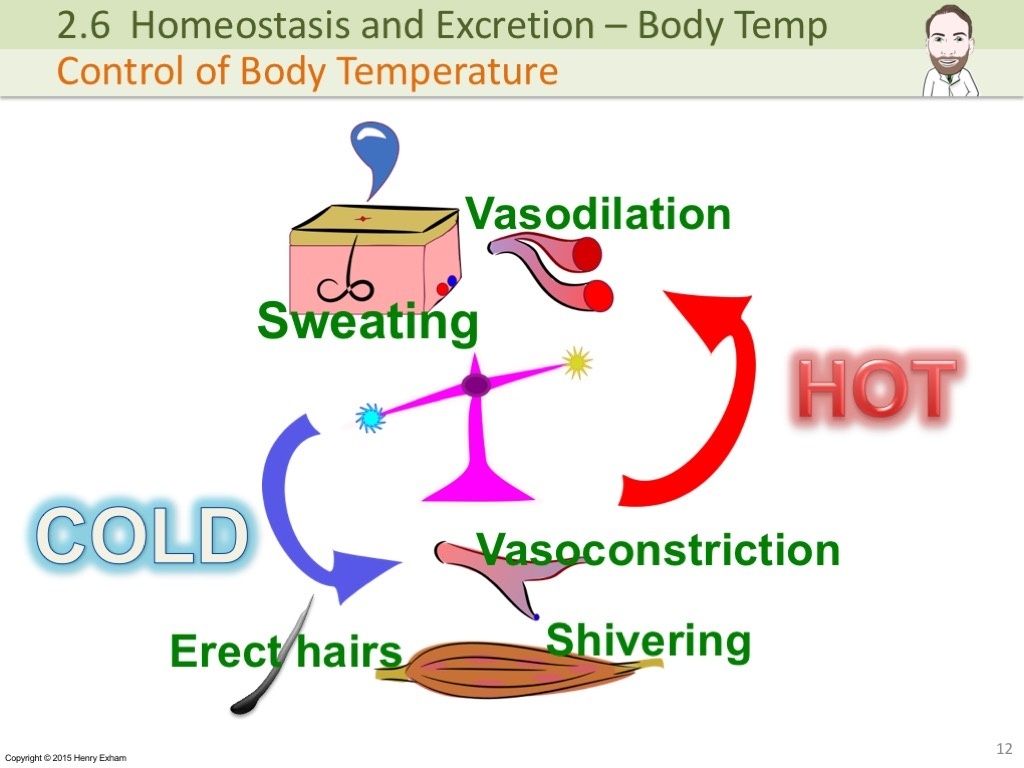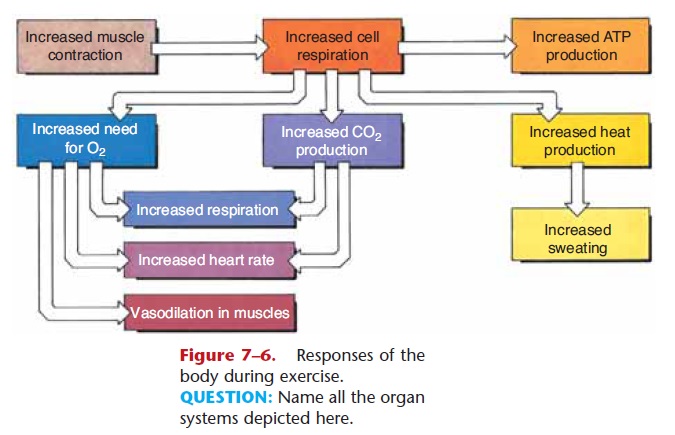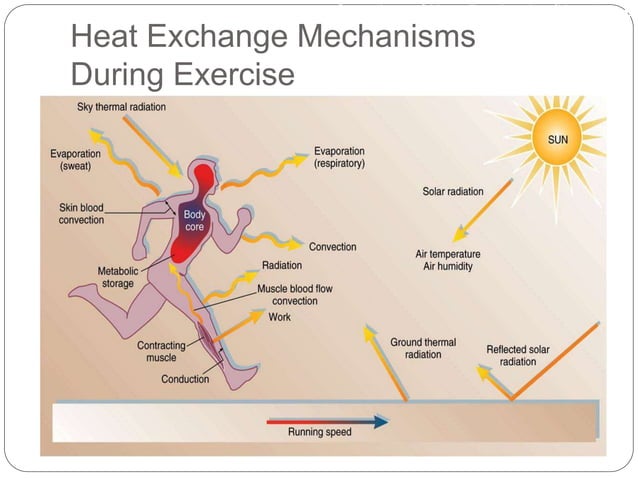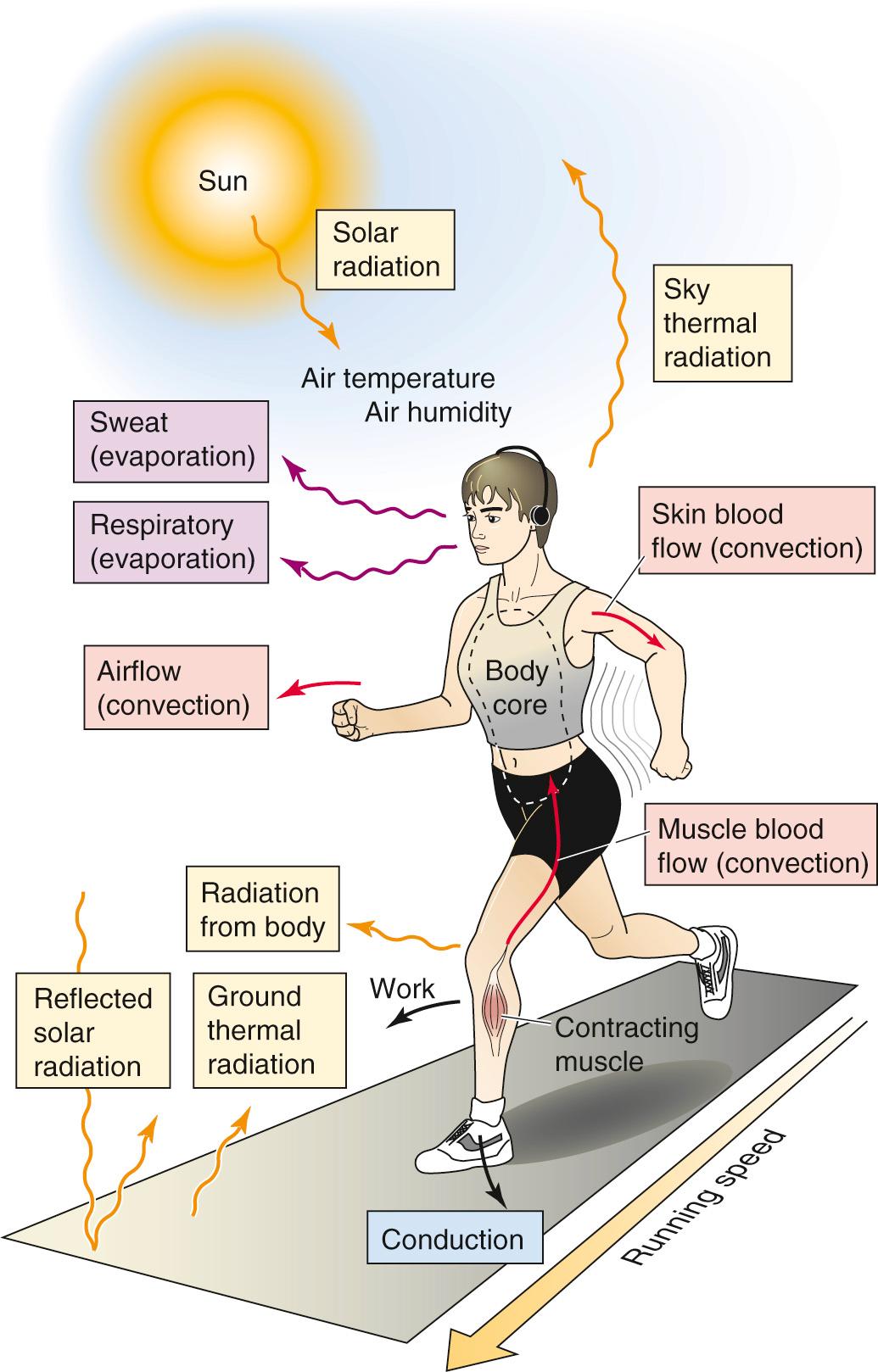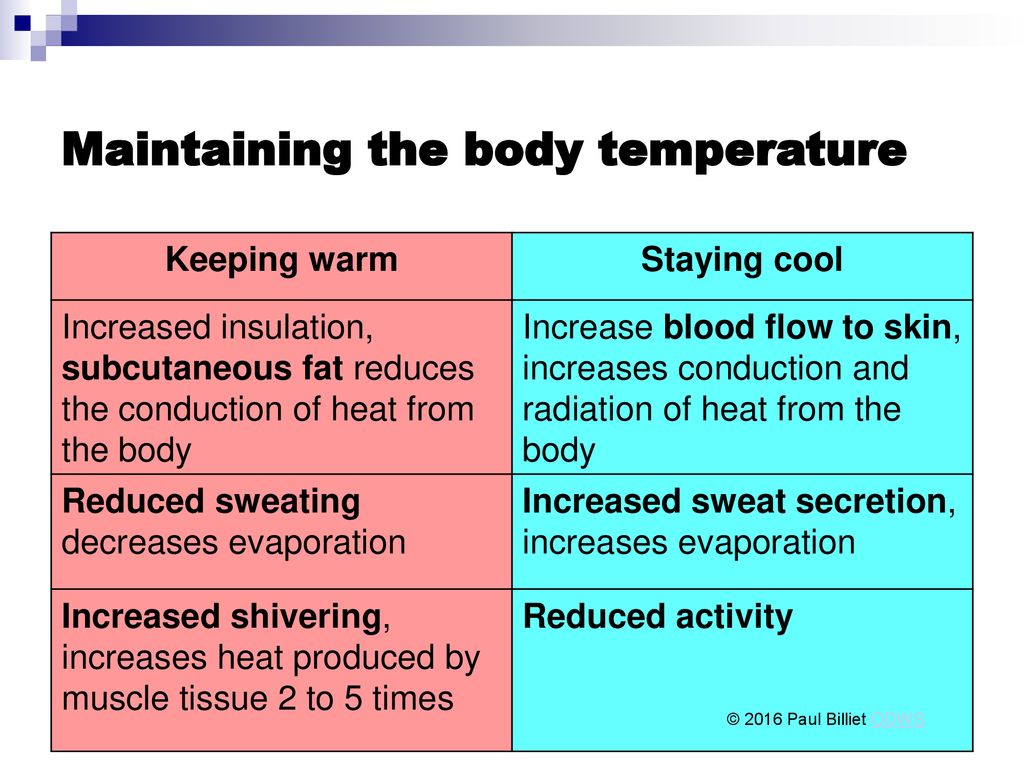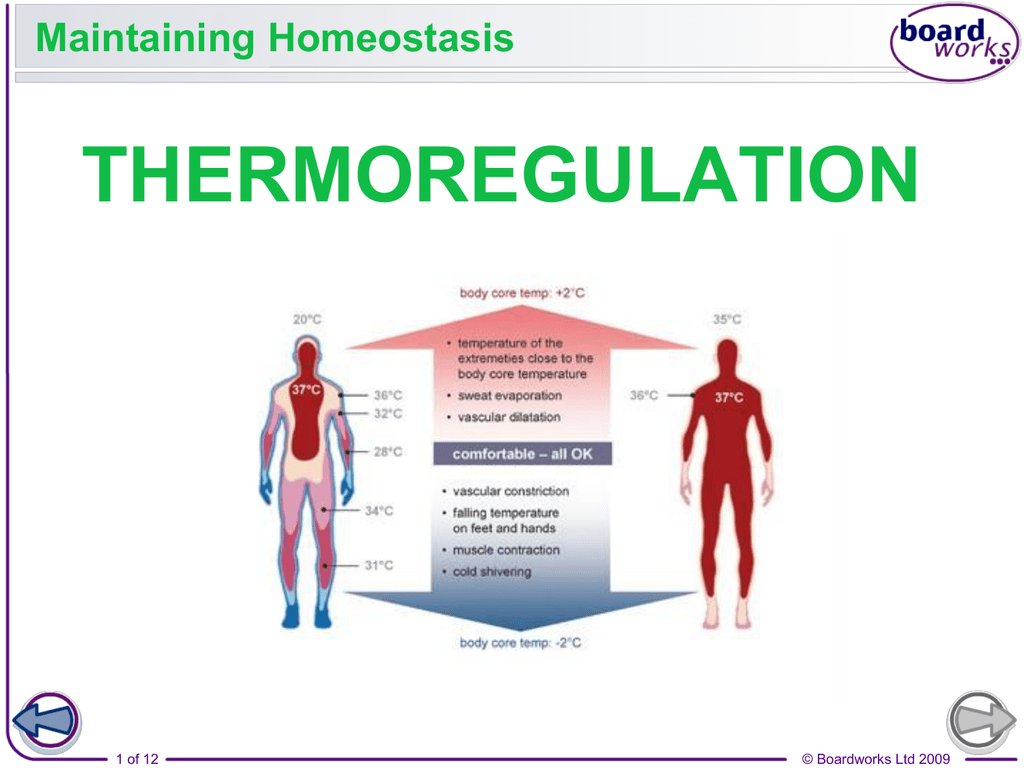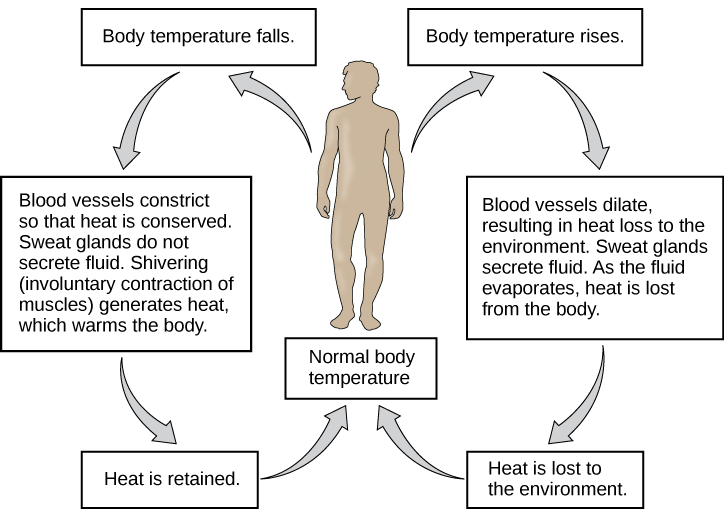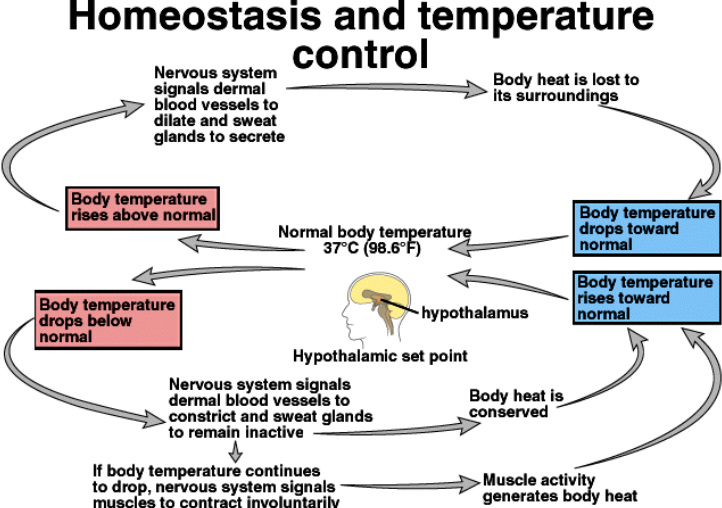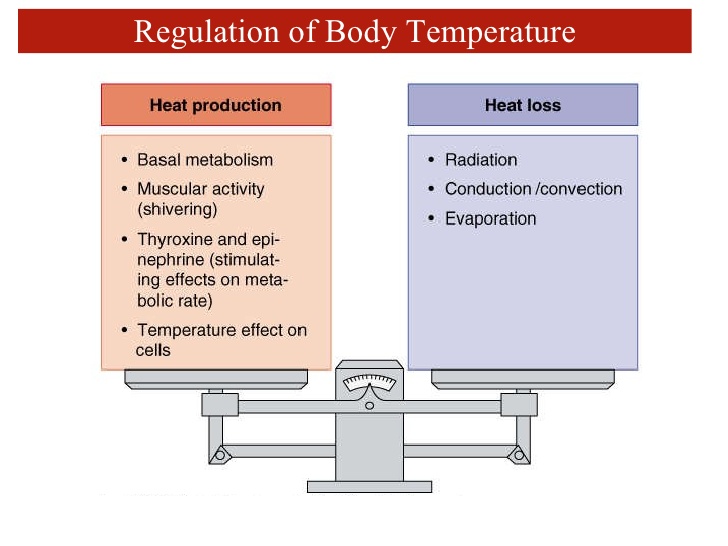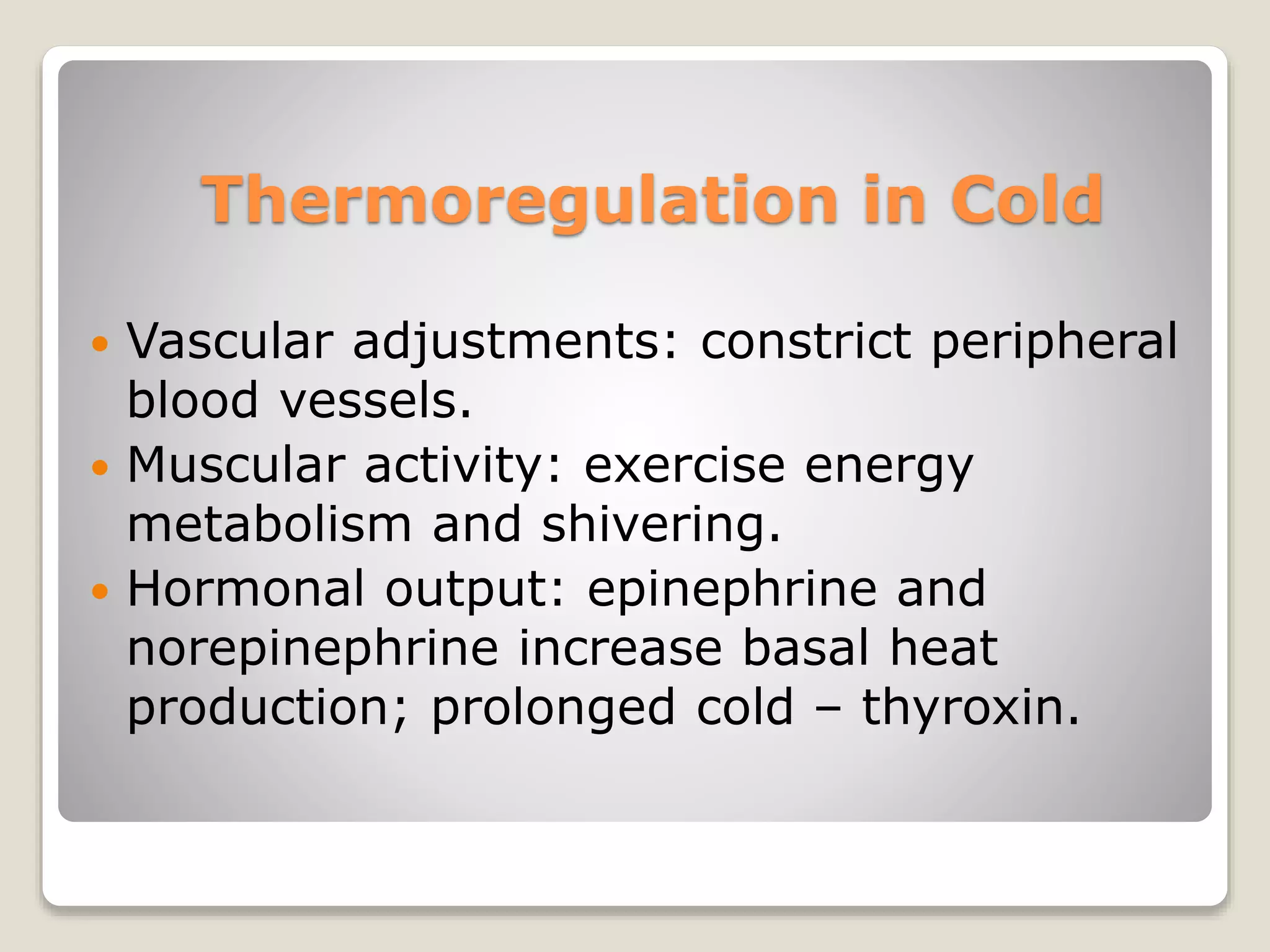During Outdoor Physical Activity The Body Maintains Its Temperature By
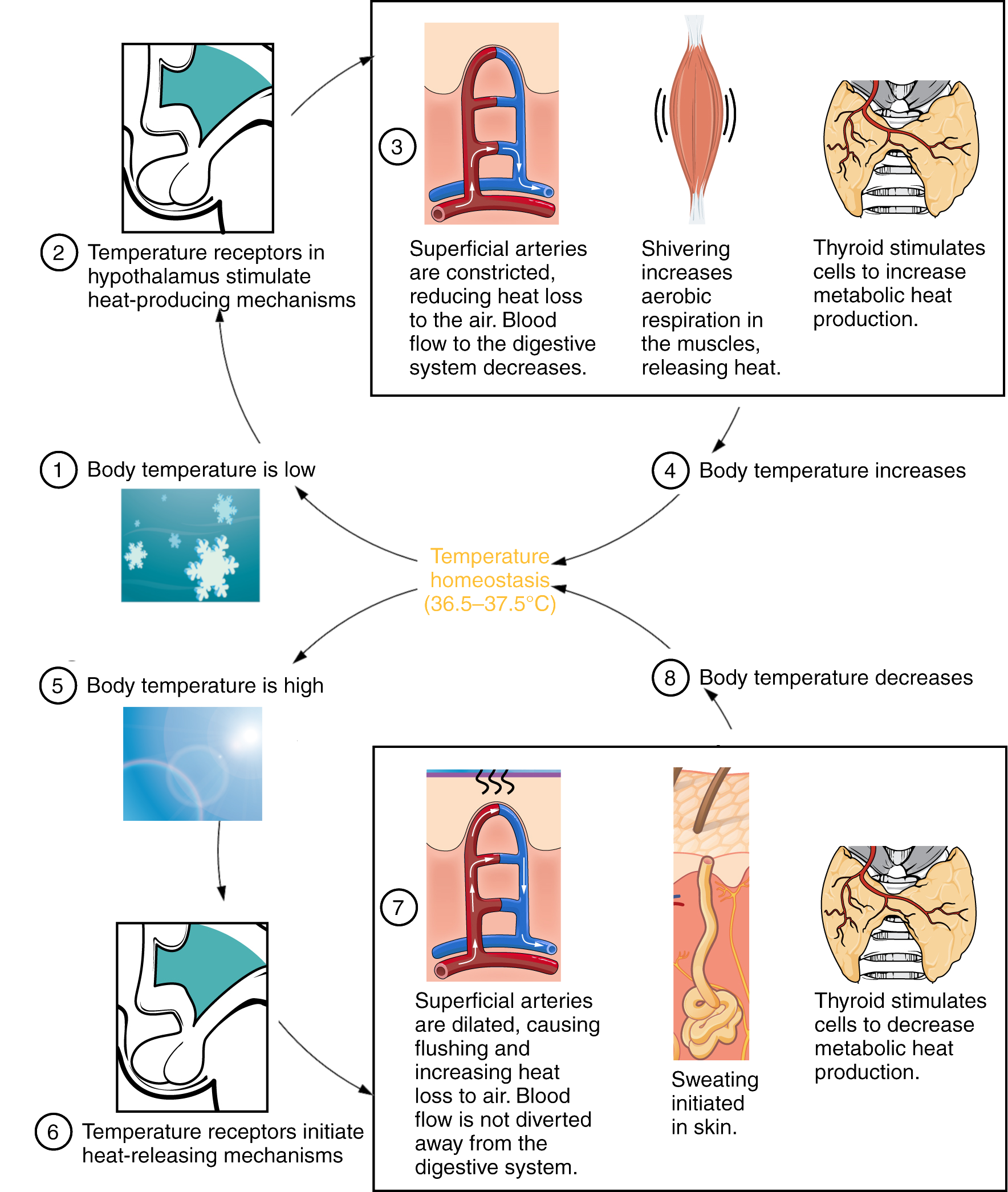
As the sun beats down and muscles strain during outdoor physical activity, a silent, intricate dance occurs within our bodies. This orchestration, vital for performance and survival, is the body's relentless pursuit of maintaining a stable internal temperature. Failure in this balancing act can lead to anything from mild discomfort to life-threatening heatstroke, making understanding the mechanisms of thermoregulation paramount for athletes and outdoor enthusiasts alike.
This article delves into the physiological processes by which the body regulates its temperature during outdoor exercise. The key takeaway is that the body primarily relies on evaporation, specifically through sweating, to dissipate heat generated by muscle activity. We will explore how factors such as humidity, clothing, and hydration levels significantly impact this process, and how individuals can adopt strategies to optimize their body's cooling mechanisms and minimize the risk of heat-related illnesses.
The Science of Thermoregulation
The human body functions optimally within a narrow core temperature range, typically around 37°C (98.6°F). During physical exertion, muscles become incredibly active, converting chemical energy into mechanical work. This process is inherently inefficient, with a significant portion of the energy being released as heat.
The body's thermoregulatory system, controlled by the hypothalamus in the brain, acts as a thermostat, constantly monitoring core temperature and initiating responses to maintain balance. When the body detects an increase in temperature, it triggers a cascade of physiological changes designed to dissipate excess heat.
Primary Mechanisms: Evaporation and Convection
The most effective mechanism for cooling during exercise is evaporation, the process by which sweat, secreted by sweat glands in the skin, evaporates and carries heat away from the body surface. This process is highly efficient because the conversion of liquid sweat to vapor requires a substantial amount of energy, drawn from the skin, thus cooling the body.
Convection also plays a role, albeit a less significant one, particularly when air temperature is higher than skin temperature. Convection involves the transfer of heat from the body to the surrounding air. The rate of heat transfer depends on the temperature difference between the skin and the air, as well as the air's velocity (wind).
The Role of Blood Flow and Radiation
Vasodilation, the widening of blood vessels near the skin surface, is another crucial mechanism. This allows more warm blood to flow closer to the skin, where heat can be lost through convection and radiation. However, vasodilation also reduces blood flow to working muscles, potentially impacting performance.
Radiation involves the emission of infrared heat waves from the body surface. While radiation can contribute to heat loss, its effectiveness is reduced when the surrounding environment is warm. In fact, on a hot day, the body may actually gain heat through radiation from the sun and surrounding surfaces.
Factors Influencing Thermoregulation
The effectiveness of the body's cooling mechanisms is influenced by a variety of external and internal factors. Understanding these factors is critical for preventing heat-related illnesses and optimizing performance in hot environments.
Humidity is arguably the most significant external factor. High humidity reduces the rate of sweat evaporation because the air is already saturated with moisture. As a result, the body's ability to cool itself is significantly impaired, leading to a rapid increase in core temperature.
Clothing can either facilitate or impede heat loss. Loose-fitting, light-colored clothing allows for better ventilation and promotes evaporation. Conversely, tight-fitting, dark-colored clothing can trap heat and restrict airflow, increasing the risk of overheating.
Hydration is paramount. Dehydration reduces blood volume, impairing the body's ability to transport heat to the skin surface for dissipation. It also reduces sweat production, further compromising the evaporative cooling mechanism.
Acclimatization plays a significant role. Over a period of days or weeks, the body can adapt to hotter environments through a process called heat acclimatization. This involves physiological changes such as increased sweat rate, decreased electrolyte concentration in sweat, and increased blood volume, all of which enhance the body's ability to regulate temperature.
Individual variability also affects thermoregulation. Factors such as age, sex, body composition, and fitness level can all influence an individual's susceptibility to heat stress. For example, older adults and individuals with certain medical conditions may have impaired thermoregulatory responses.
Practical Strategies for Staying Cool
Given the challenges of exercising in hot environments, several strategies can be employed to mitigate the risk of heat-related illnesses. These strategies focus on optimizing the body's cooling mechanisms and minimizing heat production.
Hydration is key: drink plenty of fluids before, during, and after exercise. Water is generally sufficient for shorter workouts, but sports drinks containing electrolytes can be beneficial for longer or more intense activities.
Clothing matters: wear loose-fitting, light-colored, breathable clothing. Consider using moisture-wicking fabrics that help to draw sweat away from the skin.
Timing is important: avoid exercising during the hottest part of the day, typically between 10 a.m. and 4 p.m. Opt for early morning or late evening workouts when temperatures are cooler.
Acclimatization is beneficial: gradually increase the intensity and duration of your workouts in hot weather to allow your body to adapt. This process can take several days or weeks.
Listen to your body: pay attention to warning signs of heat stress, such as headache, dizziness, nausea, and excessive sweating. If you experience any of these symptoms, stop exercising immediately and seek medical attention if necessary.
The Future of Thermoregulation Research
Research into thermoregulation continues to evolve, with ongoing efforts to better understand the complex interplay of physiological factors and environmental conditions. This includes investigating the role of genetics in thermoregulatory capacity and developing more effective strategies for preventing and treating heat-related illnesses.
Wearable technology is playing an increasingly important role in monitoring core body temperature and other physiological parameters during exercise. These devices can provide real-time feedback, allowing individuals to adjust their activity levels and hydration strategies accordingly.
Personalized cooling strategies are also gaining attention. By tailoring cooling interventions to individual needs and preferences, it may be possible to further optimize thermoregulation and enhance performance in hot environments.
Understanding the intricate mechanisms by which the body maintains its temperature during outdoor physical activity is crucial for safety and performance. By recognizing the factors that influence thermoregulation and implementing appropriate strategies, individuals can enjoy the benefits of exercise while minimizing the risk of heat-related illnesses.
